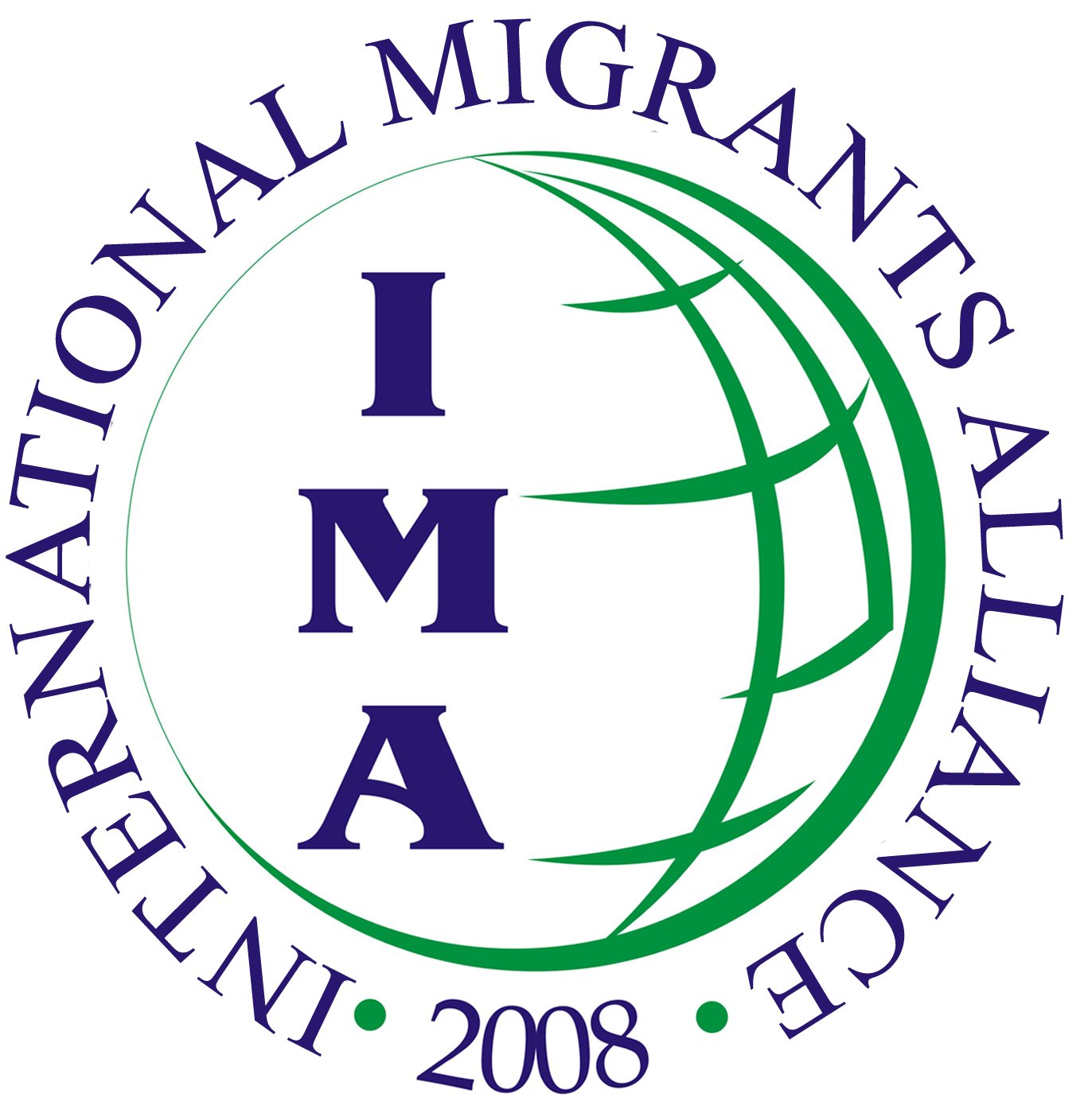G7 and the Exploitation of Migrants and Refugees
Eni Lestari, Chairperson of International Migrants Alliance Reaction to the Nature and Character of the Group of Seven
It is a privilege for us to share our information and analysis on how the policies and treatment of G7 countries to the migrants and refugees. G7 countries started importing migrant labor to their countries since World War II and that importation intensified during the inception of neoliberalism in the 1980s for the purpose of economic growth for the advanced capitalist economies. They do not just accept any workers. They target skilled and highly skilled workers coming from developing countries. The G7 hosts 37% of the total number of migrant workers, 40% of whom are women. The migration channels are highly regulated and the main pathways for migration are through employment, marriage, student, human trafficking, as well as refugees and asylum seekers.
The G7 are facing a crisis which we call the population or demographic crisis. Since the 2000s, the population in the G7 countries is decreasing and the birth rate is very low or declining. The population is also aging, with Japan having the highest rate of aging in the population followed by Germany, Italy, France, UK, Canada, then the US. In the decades to come, the population crisis will intensify due to the lack of workforce. In the eyes of the G7, the migration of workers for their countries is a tool for their economic development and growth. Migration is really for the benefit of businesses and their economic growth. They are dependent on migrant workers for their stock of cheap labor. The US leads with 45 million migrants, followed by Italy, UK, France, Canada, Japan, then Germany. Without the presence of migrants, including young refugees and asylum seekers, the G7 countries would be in crisis due to a lack of workforce.
The reality for migrants in the G7 countries is that the process is highly selective and discriminative. Most of the jobs are precarious, temporary, and low-paying. Women migrants are highly concentrated in feminized sectors such as education, healthcare, and domestic work. In some of the G7 countries, they impose very specific admission schemes, such as quotas and limits for the number accepted, for domestic workers and caregivers, giving them little prospect for permanent residence, naturalization, or family reunification. They do not allow migrants to change employers or sectors easily. Depending on the nationality of the migrant, they can experience a difference in treatment where some nationalities may get better pay, better treatment, and better benefits. International students are used as a source of cheap labor while refugees are also recently becoming the new source of cheap labor, which is one of the reasons why Germany is accepting refugees because of the population crisis. Migrants and refugees face discrimination as well as informational, cultural, and language barriers to accessing services like healthcare. Migrants and refugees also experience criminalization, stigmatization, xenophobia, hate, and segregation.
One example of how all of this plays out is in Japan, where the G7 summit is currently being held for 2023. Japan has the highest rate of aging population of the G7 countries with a very low birthrate. The country is predicted to lose a fifth of its population by 2050 and only about 3% of the population is foreign-born, many of whom face mixed reception and acceptance because of Japan’s prejudices against foreigners. The history of restrictive migration policies in Japan began as early as World War II. At the time, the government restricted entry into the country and removed the citizenships of Japanese citizens who were formerly Korean and Chinese nationals. The sentiment of many in Japan is to treat foreigners as a threat to the labor market and a threat to the homogeneity of the country. Japan started opening back up its borders to migration in the 1990s and 2010s in the midst of two big recessions, but with a particular aim of boosting its labor reserves and selecting only skilled workers. Now, Japan has nearly 2 million migrants with 25.4% from Vietnam, 21.2% from China, 11.3% from the Philippines, and some from Indonesia. Most of the migrants work in the manufacturing and care sectors. It is projected that Japan will need to recruit 8 million more migrants for their workforce to keep maintain their economy.
In Japan, the actual conditions of migrants are still lacking. Benefits and advantages are offered according to the migrant’s immigration status with those benefitting from most to least being long-term residents, permanent residents, student visa holders, and technical interns or trainees. The technical intern training program was introduced in 1993 as a cover to import cheap labor which effectively enabled widespread exploitation, human rights abuses, forced labor, and human trafficking. The company owners can decide how to apply policies set forth by the Japan Labor Standards Act with little oversight from the Japanese government. Migrant workers commonly did not receive benefits and social securities from the companies. Migrant workers tend to be forced to work longer hours than their pay or work less hours which reduces their expected salary, are paid less in salary than their work contracts promise, face arbitrary dismissals in times of austerity such as during COVID, become stranded and unable to return to work due to travel restrictions, and lacked adequate protections during the pandemic such as COVID testing and healthcare support for sick workers.
Migrants in G7 countries are considered as modern slaves. We are recruited by the government because they want us to maintain the status quo of these countries as the dominant and dominating nation in the world. Thus, they recruit migrant workers very restrictively to benefit their sustainability. However, in reality, they impose very abusive conditions and modern day slavery towards migrants and refugees.
